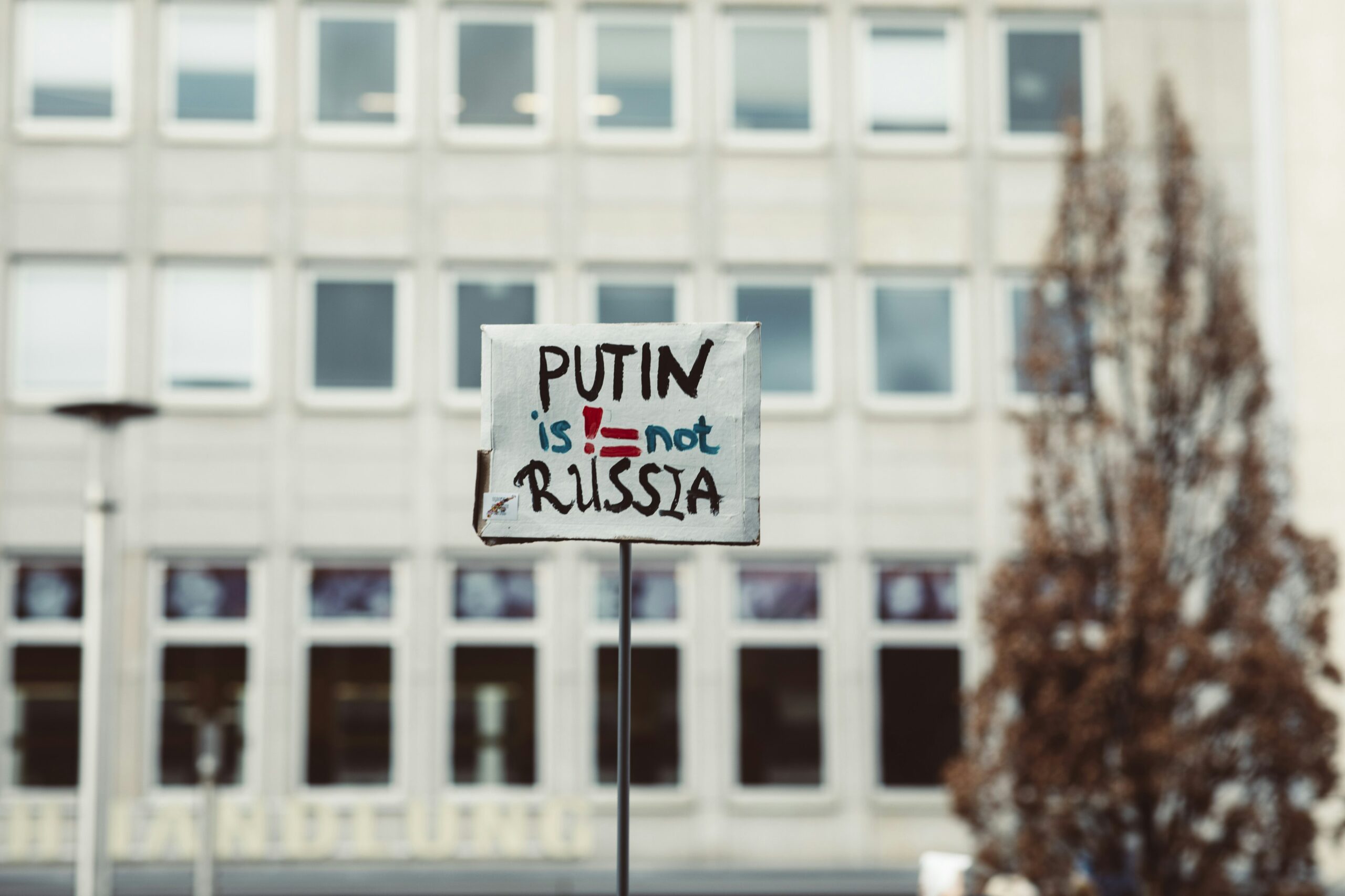
Over the past quarter-century, the landscape of US-Russia relations has drastically transformed, marked by the interactions of five U.S. presidents with Russian President Vladimir Putin. These meetings have ranged from friendly engagements to complex negotiations characterized by increasing geopolitical tensions. Here is an in-depth look at these pivotal moments and their implications for international diplomacy.
Key Facts
- Vladimir Putin has engaged with five U.S. presidents over his tenure.
- Relations have evolved from cultural exchanges to intense diplomatic and military confrontations.
- Each president’s interactions with Putin have shaped the trajectory of US-Russia relations in significant ways.
Background
The relationship between the U.S. and Russia has seen a significant evolution since Vladimir Putin first took office. Initially marked by a hopeful period of potential friendship post-Cold War, the interactions have since transitioned into phases of contention and rivalry, reflecting broader global political tensions.
Timeline/What We Know
Starting with Bill Clinton’s presidency, the U.S.-Russia dynamics were characterized by efforts to strengthen newly established post-Cold War relations. Clinton’s meetings with Putin included light-hearted moments, such as a jazz concert at the Kremlin, signaling a hopeful start. However, issues like the Chechen War brought early signs of tension.
George W. Bush’s term saw an initially strong rapport, with Bush famously looking into Putin’s eyes and seeing a sense of his soul. Meetings at locations like Bush’s ranch in Crawford, Texas, and Putin’s residence in Sochi, highlighted a personal connection despite growing policy differences, particularly regarding the Iraq War and NATO expansions.
Barack Obama’s presidency encountered hardened stances, with significant disagreements over military interventions in Georgia and later in Ukraine. Meetings between Obama and Putin often ended with stark acknowledgements of their differing views, especially concerning Syria and later Crimea.
Donald Trump’s term brought an entirely different dynamic to US-Russia relations, with allegations of election interference casting a shadow over his meetings with Putin. Their discussions were fraught with controversy, particularly at the Helsinki Summit, where Trump’s comments on Russian interference sparked widespread criticism.
Joe Biden’s approach has been notably more confrontational, with direct criticisms and warnings against Russian actions, especially regarding cyberattacks and election interference. His single in-person meeting with Putin in Geneva aimed to stabilize the rapidly deteriorating relations but was set against the backdrop of increasing military tensions near Ukraine.
Official Reactions
Each U.S. president has had their own strategy and response to the challenges posed by Russia under Putin’s leadership. From strategic partnership discussions to outright confrontations, the nature of these interactions has been telling of the international climate at the time.
What’s Next
The trajectory of US-Russia relations continues to be a pivotal element of global politics. With ongoing conflicts such as the war in Ukraine and issues of cybersecurity and electoral interference, the world watches closely as current and future U.S. administrations navigate this complex relationship.